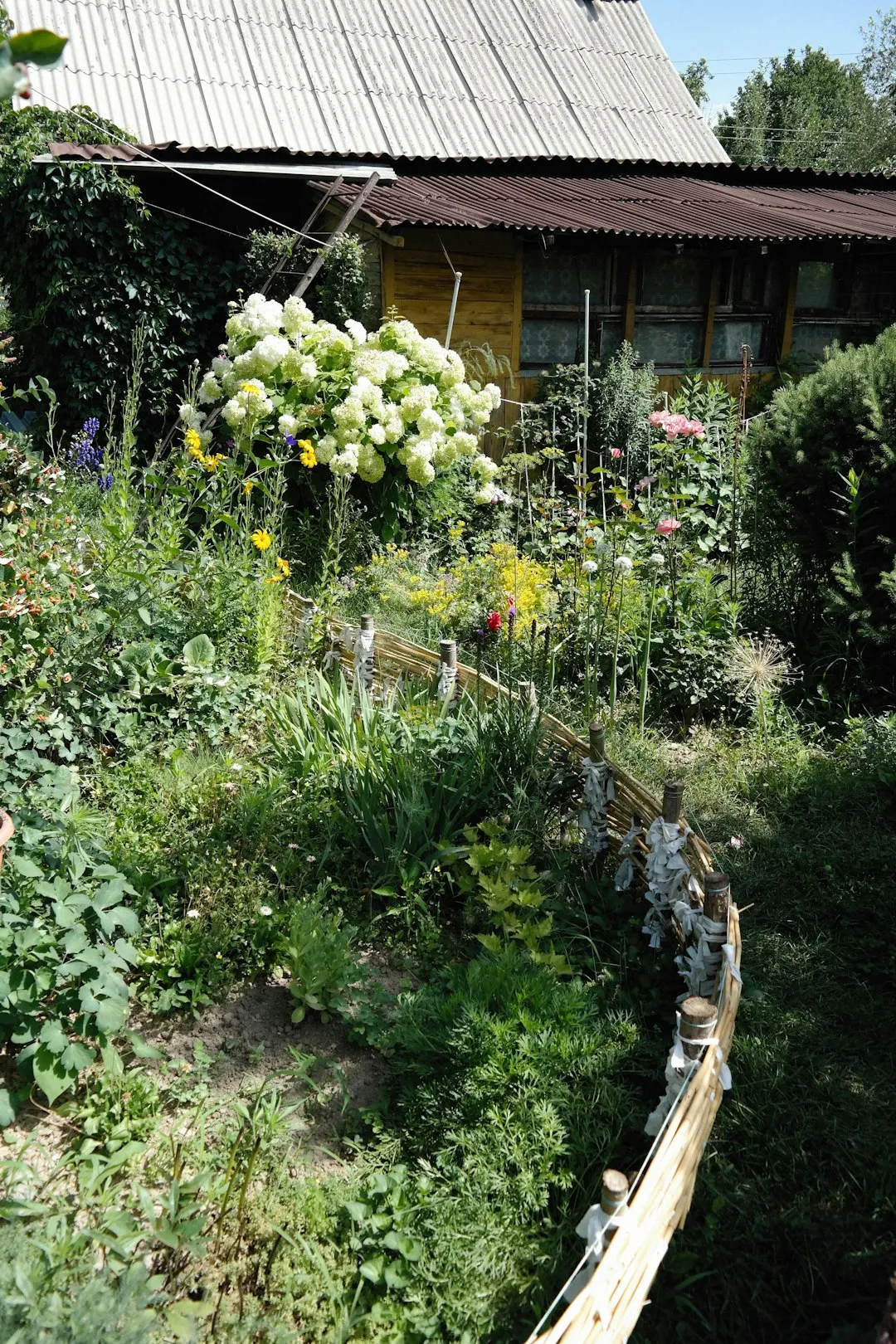The Art of Rose Pruning: A Guide to Healthy and Beautiful Blooms

When it comes to cultivating a vibrant and flourishing rose garden, pruning is an essential practice that can significantly impact the health and appearance of your roses. Whether you have rose shrubs, climbers, heirlooms, or modern hybrid roses, knowing when and how to prune is crucial for ensuring they reach their full potential.
### When to Prune Roses
The timing of rose pruning largely depends on the type of roses you have and your local climate. Generally, the best time to prune most rose varieties is in late winter or early spring, just before new growth begins. This allows you to remove any dead, damaged, or diseased wood and shape the plant for the upcoming growing season.
For hybrid tea roses, grandiflora roses, and floribunda roses, pruning in late winter or early spring is ideal. These types of roses produce their blooms on new wood, so pruning at this time encourages the development of strong, healthy canes that will bear abundant flowers.
Climbing roses, on the other hand, are typically pruned after they have finished blooming. This is usually in late spring or early summer. Pruning climbing roses after flowering allows you to remove any spent blooms and shape the plant without sacrificing the current season's flowers.
Heirloom roses, which are often more delicate and less vigorous than modern hybrids, may require a more gentle approach to pruning. In general, it's best to prune heirloom roses in late winter or early spring, but be careful not to remove too much wood, as this can stress the plant.
### How to Make the Right Cuts
Making the right cuts is just as important as knowing when to prune. Here are some tips to help you make clean, precise cuts that will promote the health and growth of your roses:
Use sharp, clean tools: Dull or dirty tools can damage the plant and spread diseases. Make sure your pruning shears, loppers, and saws are sharp and clean before you start pruning.
Cut at a 45-degree angle: Cutting at a 45-degree angle helps to prevent water from pooling on the cut surface, which can lead to rot and disease. Make sure the cut is clean and smooth, and avoid leaving any jagged edges.
Remove dead, damaged, or diseased wood: Start by removing any dead, damaged, or diseased wood from the plant. This will help to prevent the spread of diseases and improve the overall health of the plant.
Thin out crowded canes: If your rose plant has too many canes, it can become crowded and reduce air circulation, which can lead to disease. Thin out the canes by removing any weak, spindly, or crossing canes.
Shape the plant: Once you have removed the dead, damaged, and diseased wood and thinned out the canes, you can shape the plant to your desired size and shape. For shrub roses, you can prune them to a rounded or mounded shape. For climbing roses, you can train them to grow along a trellis or fence.
### Pruning Techniques for Different Types of Roses
Hybrid tea roses: Hybrid tea roses are known for their large, single blooms on long stems. To prune hybrid tea roses, start by removing any dead, damaged, or diseased wood. Then, thin out the canes by removing any weak, spindly, or crossing canes. Finally, cut back the remaining canes to about one-third of their original length, making sure to cut just above an outward-facing bud.
Grandiflora roses: Grandiflora roses are similar to hybrid tea roses, but they produce clusters of blooms on long stems. To prune grandiflora roses, follow the same steps as for hybrid tea roses, but cut the canes back to about one-half of their original length.
Floribunda roses: Floribunda roses are known for their clusters of small to medium-sized blooms. To prune floribunda roses, start by removing any dead, damaged, or diseased wood. Then, thin out the canes by removing any weak, spindly, or crossing canes. Finally, cut back the remaining canes to about one-third to one-half of their original length.
Climbing roses: Climbing roses are trained to grow along a trellis, fence, or wall. To prune climbing roses, start by removing any dead, damaged, or diseased wood. Then, thin out the canes by removing any weak, spindly, or crossing canes. Finally, cut back the remaining canes to about one-third to one-half of their original length, making sure to leave some lateral branches for next year's blooms.
Heirloom roses: Heirloom roses are often more delicate and less vigorous than modern hybrids. To prune heirloom roses, start by removing any dead, damaged, or diseased wood. Then, thin out the canes by removing any weak, spindly, or crossing canes. Finally, cut back the remaining canes to about one-third to one-half of their original length, being careful not to remove too much wood.
### Conclusion
Pruning roses is an essential practice that can help to keep your roses healthy, beautiful, and blooming year after year. By knowing when and how to prune, you can ensure that your roses reach their full potential and provide you with a stunning display of color and fragrance in your garden. So, grab your pruning shears and get started on your rose pruning today!